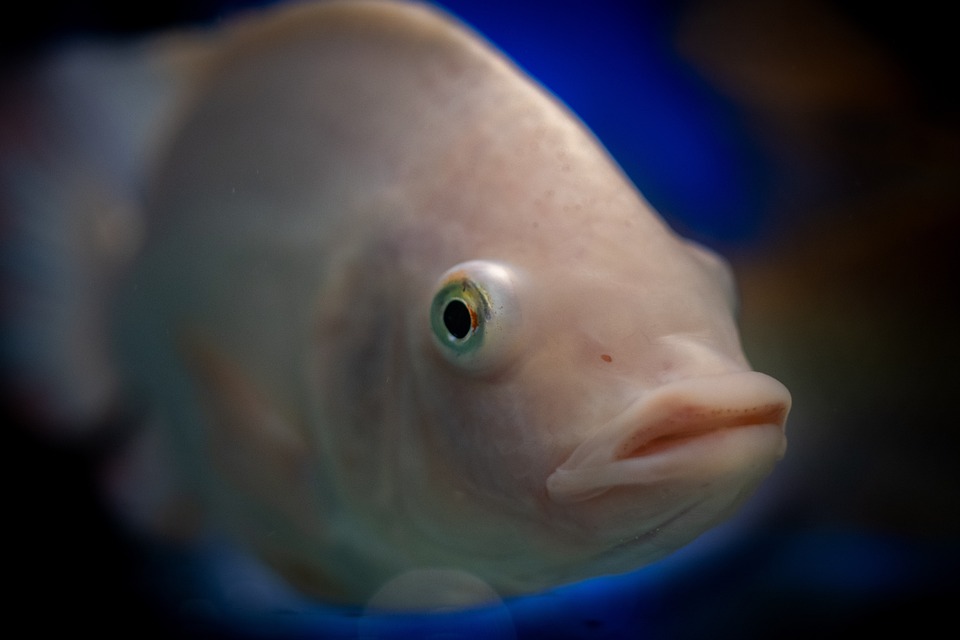Maintaining a healthy environment for your fish is crucial for their overall well-being. One common behavior that may signal distress in fish is gasping for air at the water’s surface. In this article, we will explore the potential causes of fish tank gasping and provide actionable tips on how to address this behavior effectively. Additionally, we have included a FAQ section to address common concerns and questions related to fish tank gasping.
Understanding Fish Tank Gasping Behavior
Fish tank gasping refers to the behavior of fish coming to the water’s surface to gulp air. While fish have gills to extract oxygen from water, certain conditions can lead to oxygen deficiency, causing fish to seek air at the surface. This behavior may indicate a problem with the fish tank environment.
There are several reasons why fish may gasp for air. Oxygen deficiency in the water is one of the primary causes. Elevated ammonia and nitrite levels, high water temperature, poor water quality, and pollutants can also contribute to fish tank gasping. Additionally, insufficient aeration and water movement can deprive fish of the oxygen they need.
Identifying the Signs of Fish Tank Gasping Behavior
Fish gasping for air at the water’s surface is the most obvious sign of fish tank gasping behavior. Other signs may include fish appearing lethargic, gasping rapidly and frequently, or staying near the water’s surface for extended periods. If you notice any of these signs, it is crucial to take immediate action to address the problem.
Common Causes of Fish Tank Gasping
1. Oxygen deficiency in the water: Insufficient oxygen levels in the tank can occur due to poor aeration or overcrowding of fish.
2. Elevated ammonia and nitrite levels: High levels of ammonia and nitrite can be toxic to fish and lead to gasping behavior. These compounds are byproducts of fish waste and decomposing organic matter.
3. High water temperature: Warmer water holds less oxygen, and high temperatures can reduce the amount of dissolved oxygen available for fish.
4. Poor water quality and pollutants: Accumulation of pollutants, such as excess food, decaying plants, or chemicals, can decrease oxygen levels and contribute to fish tank gasping.
5. Insufficient aeration and water movement: Lack of proper aeration and water circulation can limit the amount of oxygen available for fish.
Addressing Fish Tank Gasping Behavior
1. Testing water parameters regularly: Regularly test ammonia, nitrite, nitrate, pH, and dissolved oxygen levels to ensure they are within the appropriate range for your fish species.
2. Improving oxygen levels in the tank: Increase aeration by using air stones, bubble curtains, or air pumps. These devices help to introduce more oxygen into the water.
3. Maintaining optimal water temperature: Keep the water temperature within the recommended range for your fish species. Use a heater or chiller to adjust the temperature accordingly.
4. Ensuring good water quality and minimizing pollutants: Perform regular water changes, remove excess food and waste, and clean the tank and filter regularly to maintain optimal water quality.
5. Enhancing aeration and water circulation: Install a quality aquarium filter to improve water movement and oxygenation. Consider adding a powerhead or water pump to enhance water circulation.
FAQs: Addressing Common Concerns about Fish Tank Gasping
1. What should I do if I notice my fish gasping for air?
If you notice your fish gasping for air, it is crucial to take immediate action. Check the water parameters, perform a partial water change, and improve aeration in the tank.
2. How often should I test my aquarium water parameters?
Regularly test your aquarium water parameters at least once a week or as recommended for your specific fish species. This helps ensure that the water conditions are optimal for your fish.
3. Can I use an air pump to increase oxygen levels in my fish tank?
Yes, an air pump can be used to increase oxygen levels in your fish tank. It creates bubbles and enhances water movement, promoting oxygen exchange at the water’s surface.
4. Is it normal for fish to occasionally gasp at the water surface?
Occasional gasping at the water surface may be normal for some fish species, especially labyrinth fish like bettas. However, frequent or prolonged gasping indicates a problem with the tank environment.
5. How can I prevent fish tank gasping in the future?
To prevent fish tank gasping, regularly monitor water parameters, maintain good water quality, provide proper aeration and water movement, and ensure the tank is not overcrowded.
Conclusion
Recognizing and addressing fish tank gasping behavior promptly is essential for maintaining optimal fish health. By understanding the potential causes and implementing the appropriate measures, you can ensure a comfortable and thriving environment for your aquatic pets. Regular monitoring of water parameters, effective aeration, and maintaining good water quality are key to preventing fish tank gasping and promoting a vibrant aquarium ecosystem.









